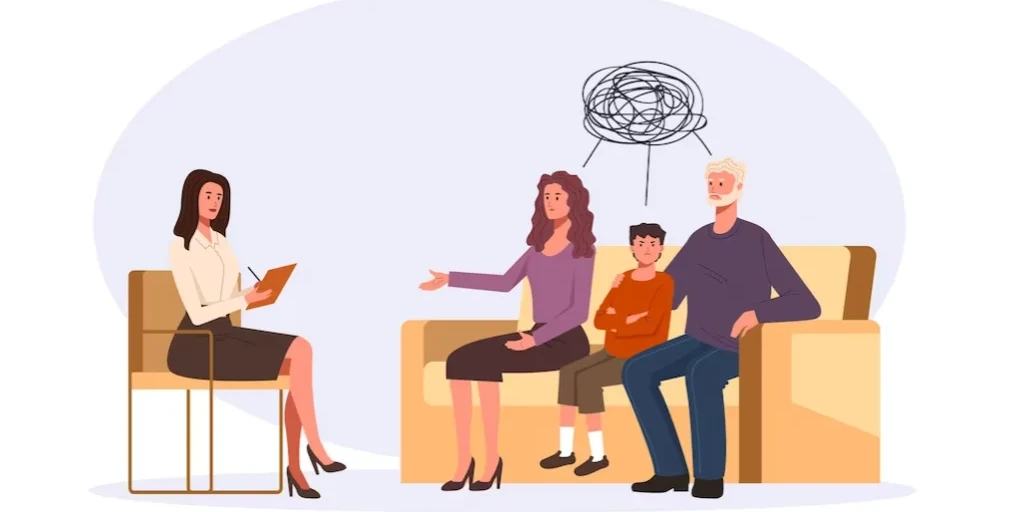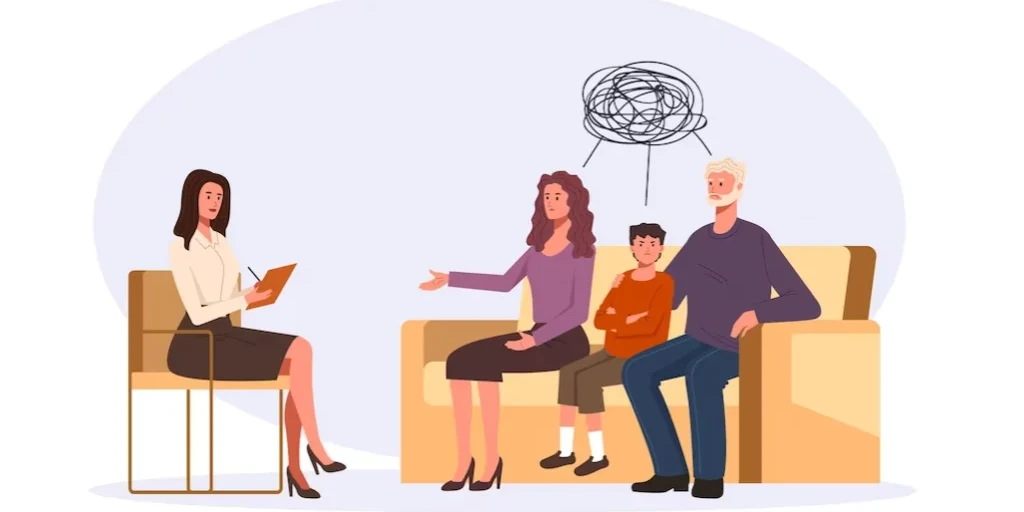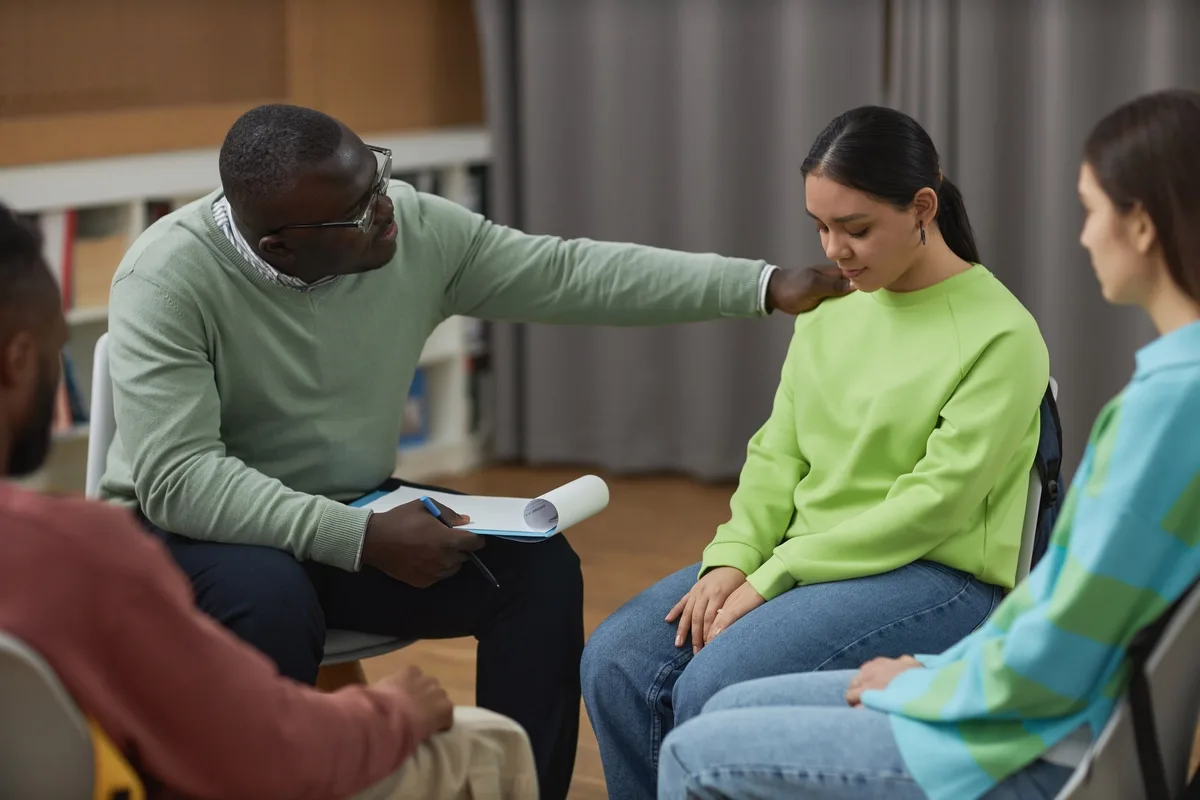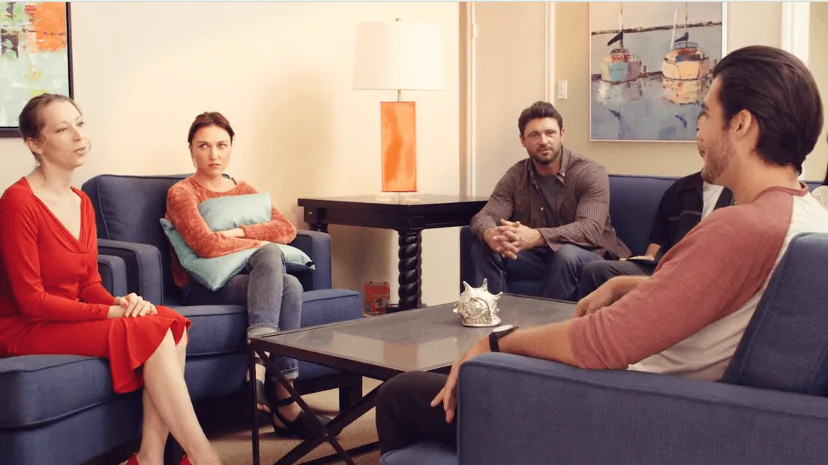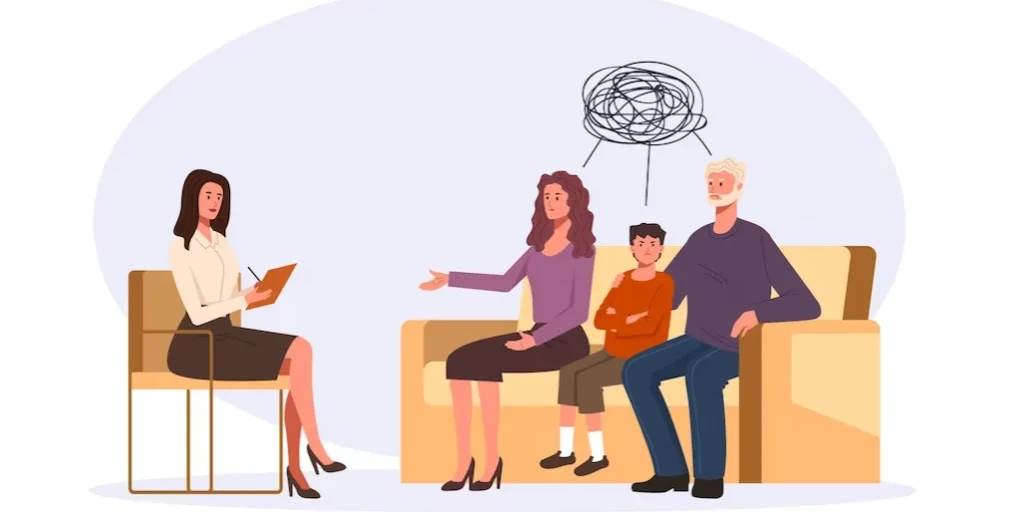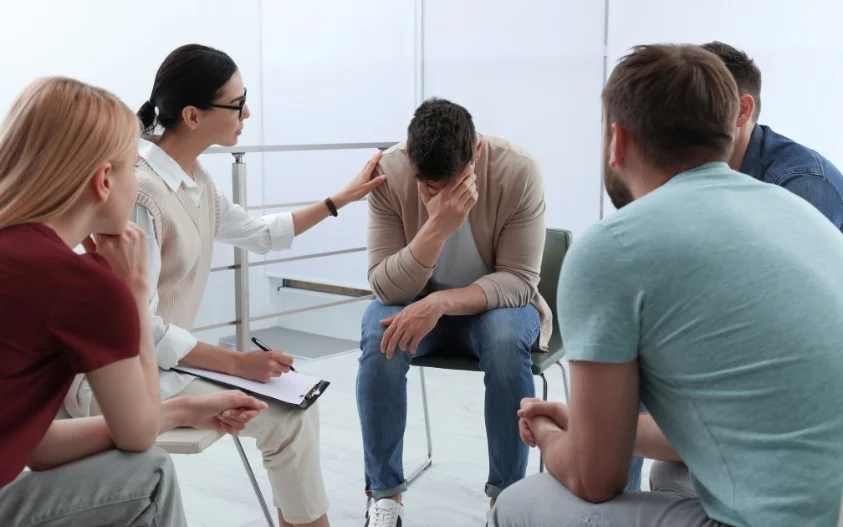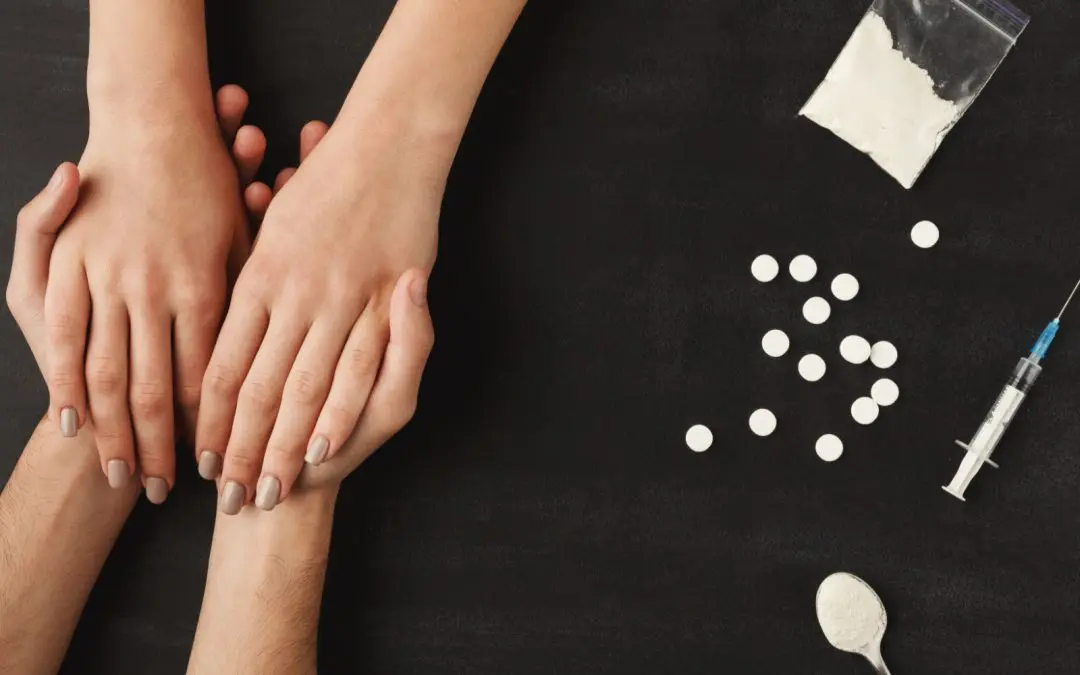24/7 Helpline:
(866) 899-221924/7 Helpline:
(866) 899-2219
Learn more about Bipolar Disorder Treatment centers in Aiea
Bipolar Disorder Treatment in Other Cities

Other Insurance Options

MVP Healthcare

GEHA

Regence
Beacon

Optima

WellPoint

AllWell

Health Net

Medical Mutual of Ohio

Premera

United Health Care

Magellan Health

PHCS Network

UMR

Humana

Absolute Total Care

Sliding scale payment assistance

Covered California

Health Partners

Multiplan

Women In Need
Women In Need is a private rehab located in Aiea, Hawaii. Women In Need specializes in the treatment...
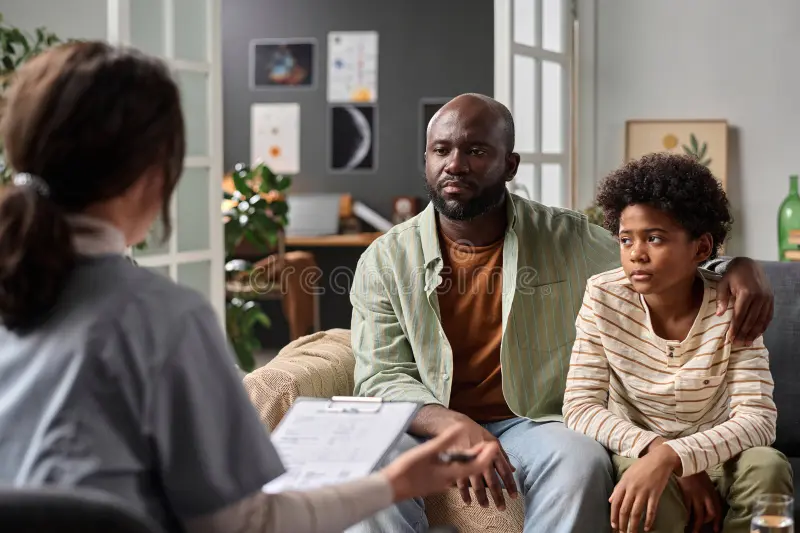


Helping Hands Hawaii – Outpatient
Helping Hands Hawaii – Outpatient is a private rehab located in Honolulu, Hawaii. Helping Hands Hawa...

Queens Medical Center – Behavioral Health
Queens Medical Center – Behavioral Health is a private rehab located in Honolulu, Hawaii. Queens Med...

Kaiser Permanente – Behavioral Health
Kaiser Permanente - Behavioral Health, located in Waipahu, Hawaii, provides mental health services t...

CARE Hawaii
Honolulu’s CARE Hawaii is a drug and alcohol treatment center that supports adults with substance us...

Action with Aloha on Vineyard
Action with Aloha on Vineyard is a private rehab located in Honolulu, Hawaii. Action with Aloha on V...

The Salvation Army – Adult Rehabilitation Center
The Salvation Army - Adult Rehabilitation Center provides men with substance abuse problems with the...

Hina Mauka Teen Care – Mililani High School
Hina Mauka Teen Care - Mililani High School is a non-profit rehab located in Mililani, HI. Hina Mauk...

Naval Health Clinic – Substance Abuse
The Naval Health Clinic provides outpatient mental health care to active duty US Navy, Marine Corps,...

Hina Mauka Teen Care – Kailua Intermediate School
Hina Mauka Teen Care - Kailua Intermediate School provides quality substance abuse services to adole...

Hina Mauka Teen Care – Aliamanu Middle School
Hina Mauka Teen Care - Aliamanu Middle School provides quality substance abuse services to adolescen...

North Shore Mental Health
North Shore Mental Health is a private rehab located in Kahuku, Hawaii. North Shore Mental Health sp...
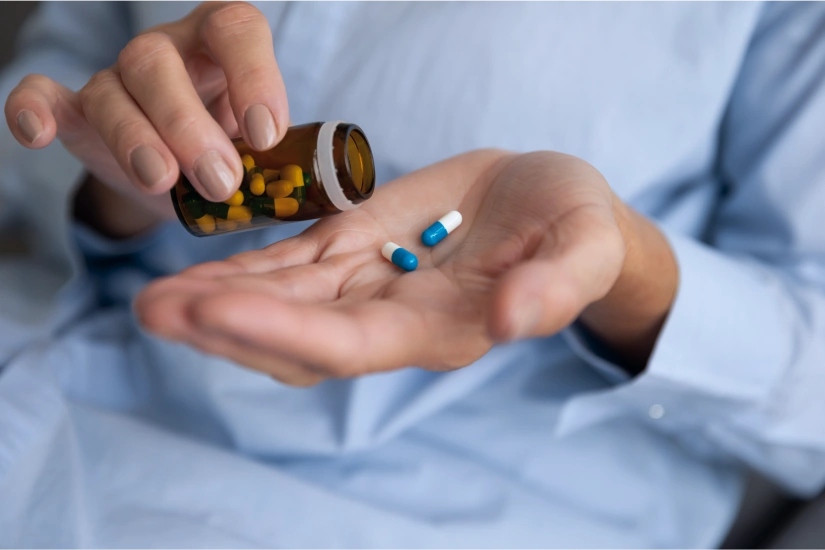
Mental Health Kokua
Mental Health Kokua is a private rehab located in Honolulu, Hawaii. Mental Health Kokua specializes ...
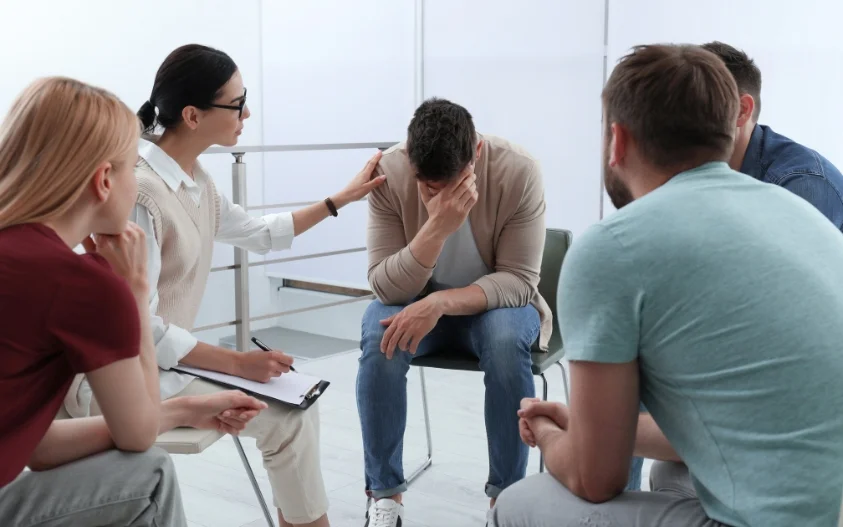
Hina Mauka
At Hina Mauka, they provide inpatient and outpatient substance abuse treatment for adults, treat co-...

Habilitat
Located in Kaneohe, Hawaii, Habilitat is an alcohol and drug rehab center that treats up to 100 indi...

Aloha Psychological Services
Aloha Psychological Services is a private rehab located in Honolulu, Hawaii. Aloha Psychological Ser...

Drug and Alcohol Treatment
Drug and Alcohol Treatment is a public rehab located in Wahiawa, Hawaii. Drug and Alcohol Treatment ...

Kalihi Palama Community Mental Health Center
Kalihi Palama Community Mental Health Center is a public rehab located in Honolulu, Hawaii. Kalihi P...

Alcoholic Rehab Services of Hawaii
Alcoholic Rehab Services of Hawaii is a private rehab located in Honolulu, Hawaii. Alcoholic Rehab S...

Hope Center Ministries – Kailua
Hope Center Ministries–Kailua is a faith-based drug and alcohol rehab for adult men in Kailua, Hawai...

Teen Challenge – Oahu Christian Life School
Teen Challenge - Oahu Christian Life School is a non-profit rehab located in Keaau, HI. Teen Challen...

Hawaii Counseling & Education Center
Hawaii Counseling & Education Center is a private rehab located in Kailua, HI. Hawaii Counseling & E...
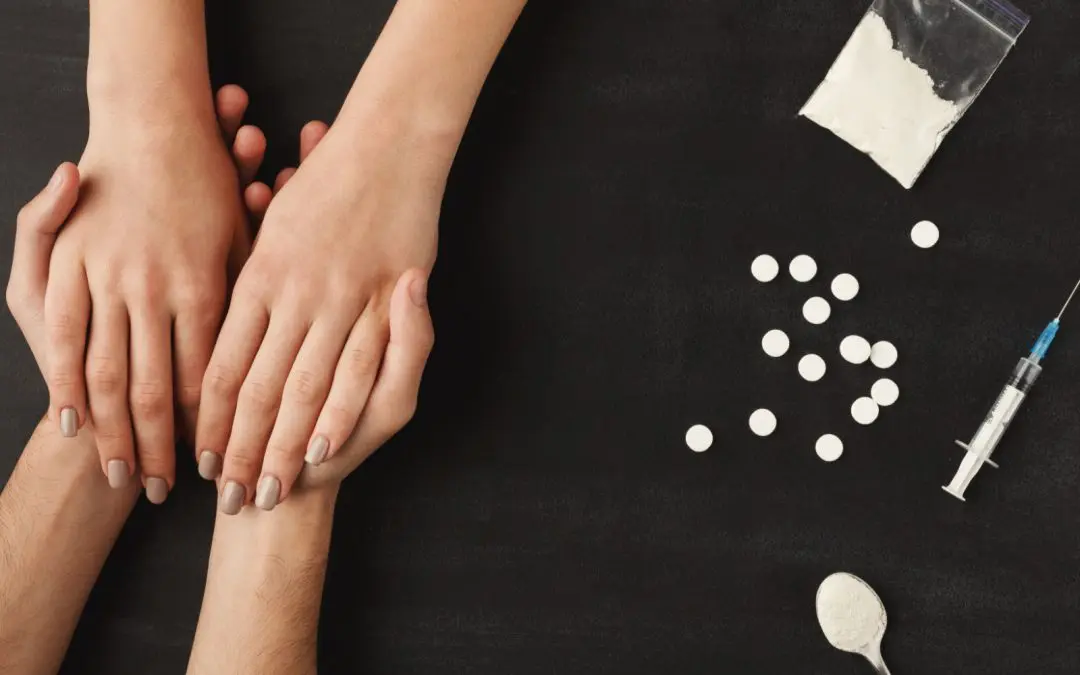
Hina Mauka Teen Care – Castle High School
Hina Mauka Teen Care - Castle High School provides quality substance abuse services to adolescents. ...

Hina Mauka Teen Care – Mililani Middle School
Hina Mauka Teen Care - Mililani Middle School is a non-profit rehab located in Mililani, HI. Hina Ma...

Ho’Omau Ke Ola Drug and Alcohol Treatment
Ho’Omau Ke Ola Drug and Alcohol Treatment is a public rehab located in Waianae, Hawaii. Ho’Omau Ke O...

Hina Mauka Teen Care
Hina Mauka Teen Care provides quality substance abuse services to adolescents. Hina Mauka Teen Care ...

Coast Community Mental Health
Coast Community Mental Health is a non-profit rehab located in Waianae, Hawaii. Coast Community Ment...

Ku Aloha Ola Mau
Kū Aloha Ola Mau’s unique mission, born of compassion and science, utilizes the individual’s strengt...

Hina Mauka / Teen Care Kalani High School
Hina Mauka Teen Care - Kalani High School provides quality substance abuse services to adolescents. ...










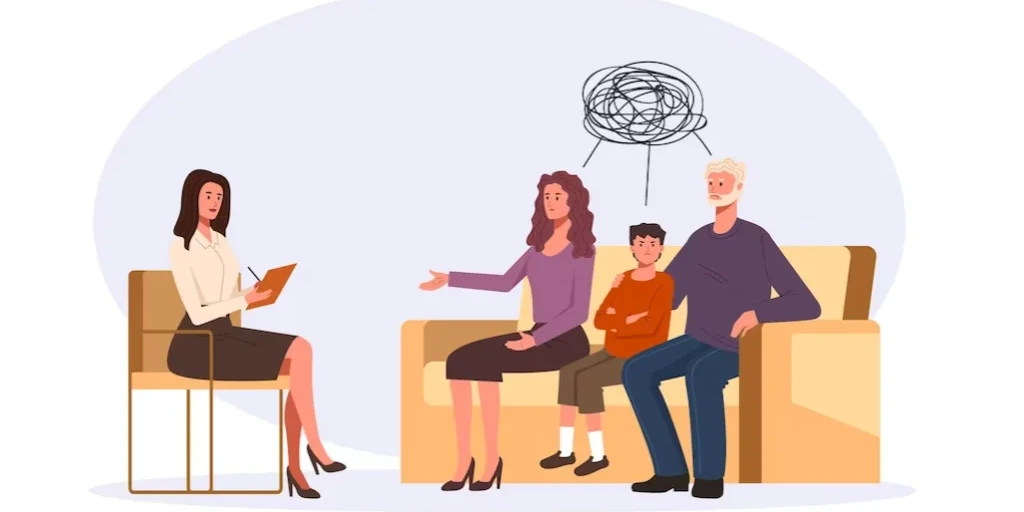



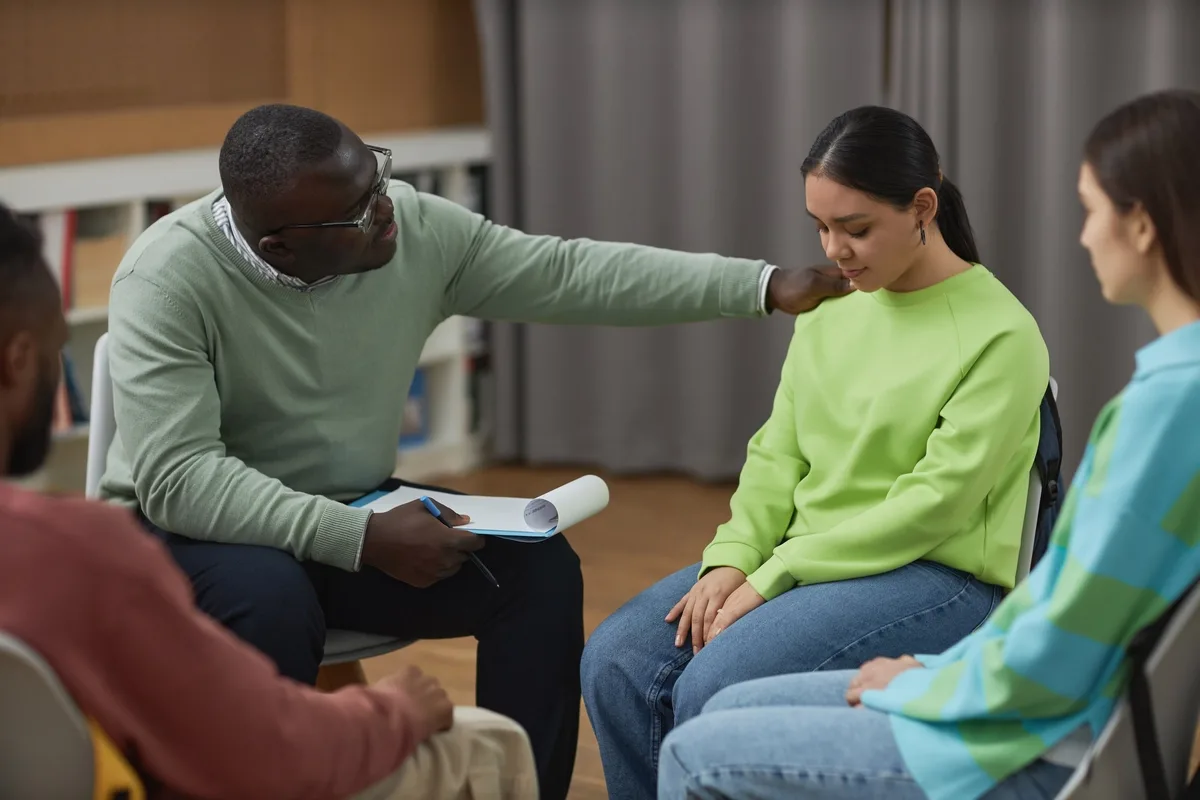















































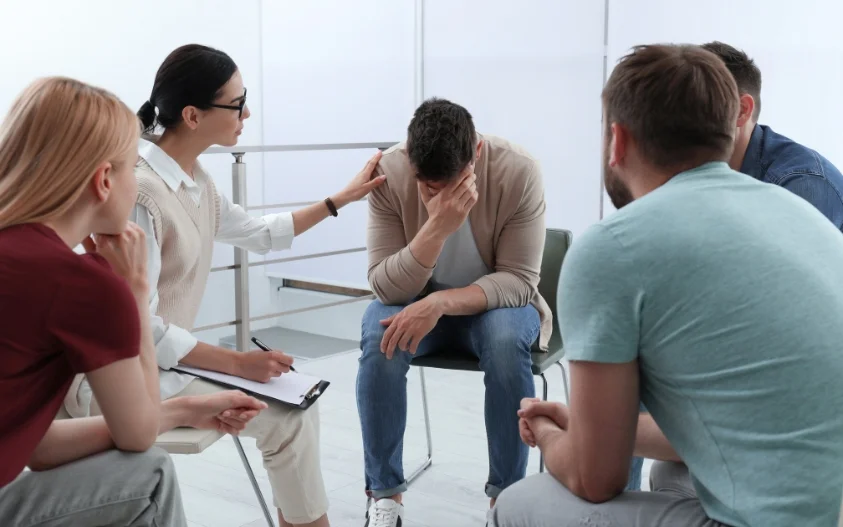





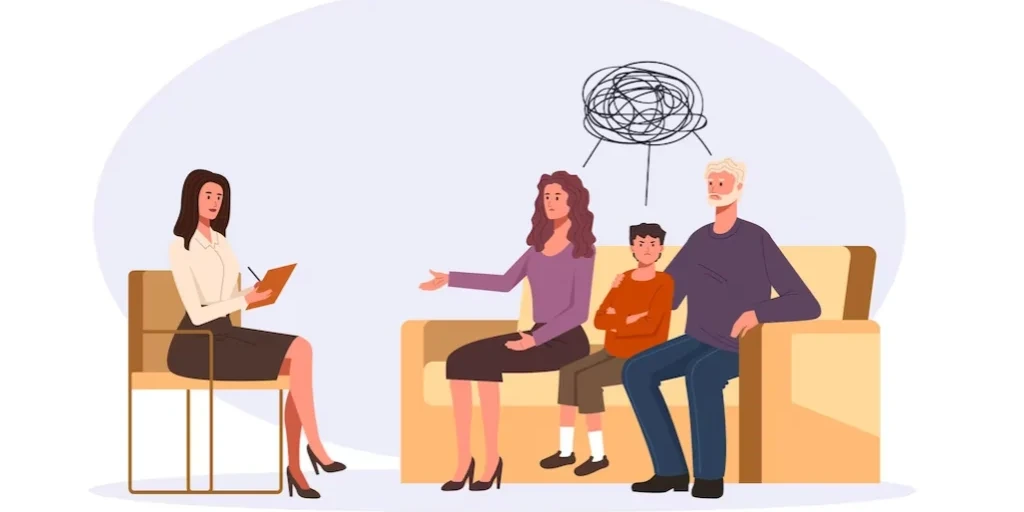

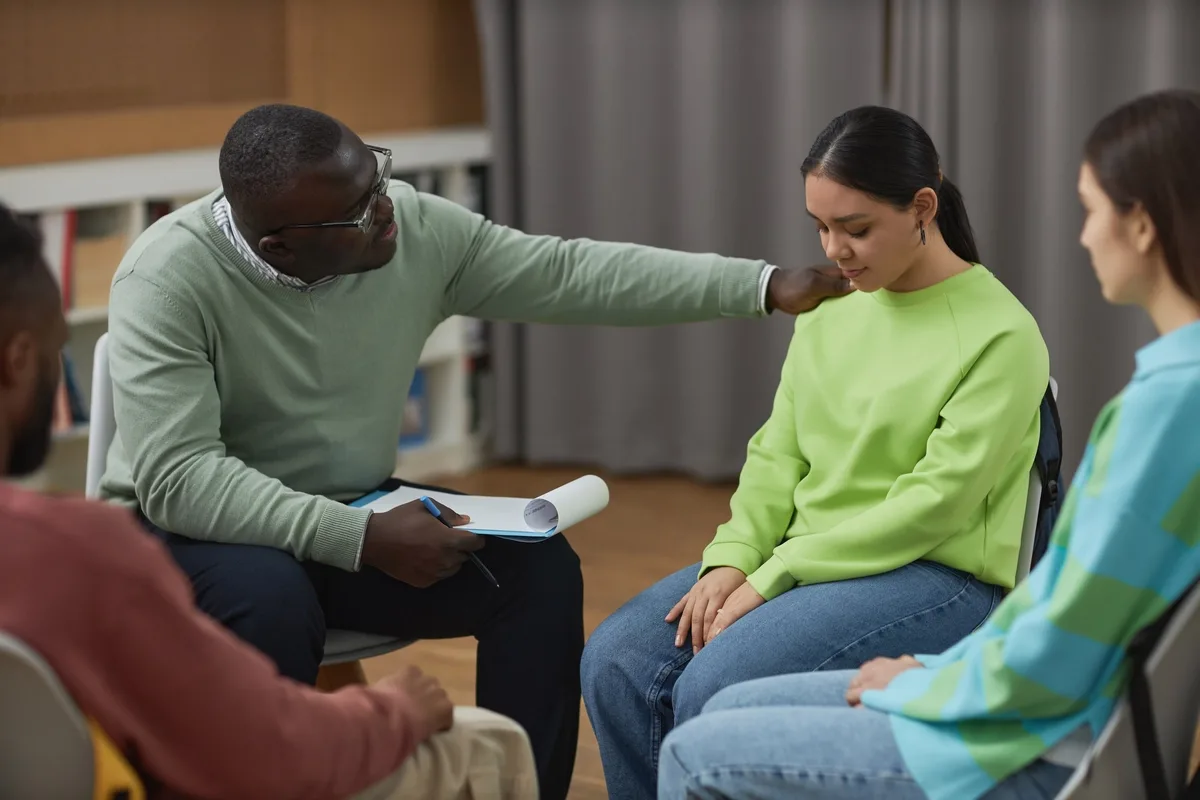






The Salvation Army
The Salvation Army provides treatment and rehabilitation to help those suffering from substance abus...

Sand Island Treatment
The Sand Island Treatment Center (SITC) is an accredited drug and alcohol rehab in Honolulu, HI. SIT...

New Horizons
New Horizons is located in Haleiwa, Hawaii. New Horizons is the addiction recovery program that you ...

Hina Mauka Teen Care – Kalaheo High School
Hina Mauka Teen Care - Kalaheo High School provides quality substance abuse services to adolescents....

Hina Mauka Teen Care – Kahuku High School
Hina Mauka Teen Care - Kahuku High School offers outpatient treatment for individuals with alcohol a...

Substance Abuse Counseling Center
Substance Abuse Counseling Center is a public rehab located in Honolulu, HI. Substance Abuse Counsel...

Hope
Hope Program have a track record of guiding those who are suffering from the disease of addictions a...

Hina Mauka
Hina Mauka provides a comprehensive evidence-based, offender oriented continuum of services to adult...

CARE Hawaii – Adolescent Outpatient
CARE Hawaii – Adolescent Outpatient is a private rehab located in Kaneohe, Hawaii. CARE Hawaii – Ado...

Hina Mauka Teen Care
Hina Mauka Teen Care provides quality substance abuse services to adolescents. Hina Mauka Teen Care ...

The Salvation Army – Family Treatment Center
The Salvation Army - Family Treatment Center provides substance abuse treatment specifically designe...

Hina Mauka Teen Care – Pearl City High School
Hina Mauka Teen Care - Pearl City High School provides quality substance abuse services to adolescen...

Hina Mauka / Teen Care Olomana High School
Hina Mauka / Teen Care Olomana High School is a non-profit rehab located in Kailua, Hawaii. Hina Mau...

Hina Mauka Teen Care – King Intermediate School
Hina Mauka Teen Care - King Intermediate School provides quality substance abuse services to adolesc...

Cocaine Crystals Addiction Services
Cocaine Crystals Addiction Services is a private rehab located in Honolulu, Hawaii. Cocaine Crystals...

Poailani – Outpatient
Poailani – Outpatient is a private rehab located in Kailua, Hawaii. Poailani – Outpatient specialize...

Poailani – Dual Diagnosis
Poailani – Dual Diagnosis is a private rehab located in Kailua, Hawaii. Poailani – Dual Diagnosis sp...

Army Substance Abuse Program – ASAP
The Army Substance Abuse Program (ASAP) serves active duty, family members, retirees, National Guard...

Island Integrated Health
Island Integrated Health offers outpatient and intensive outpatient treatment for individuals with a...

Freedom Recovery Services
Freedom Recovery Services is a non-profit rehab located in Honolulu, Hawaii. Freedom Recovery Servic...

Coalition for a Drug Free Hawaii – Leilehua High School
Coalition for a Drug-Free Hawaii - Leilehua High School is a non-profit rehab located in Wahiawa, HI...

Rehabilitation Assessment and Planning Specialists
Rehabilitation Assessment and Planning Specialists is a private rehab located in Honolulu, Hawaii. R...

North Shore Mental Health
North Shore Mental Health is a private rehab located in Honolulu, Hawaii. North Shore Mental Health ...

Leeward Counseling Center
Leeward Counseling Center is a private rehab located in Kapolei, Hawaii. Leeward Counseling Center s...

Hope
Hope Program have a track record of guiding those who are suffering from the disease of addictions a...

CARE Hawaii
CARE Hawaii is a private rehab located in Pearl City, Hawaii. CARE Hawaii specializes in the treatme...

Hawaii Alcohol & Drug Safety Action Program – HADSAP
Hawaii Alcohol & Drug Safety Action Program (HADSAP) provides education courses on the role of drug ...

Hina Mauka Teen Care – Kailua High School
Hina Mauka Teen Care - Kailua High School provides quality substance abuse services to adolescents. ...

Army Substance Abuse Program – ASAP
Army Substance Abuse Program – ASAP is a private rehab located in Honolulu, Hawaii. Army Substance A...

WorkNet, Restoring Lives, Strenghtening Communities
WorkNet specializes in providing offenders with services in vocational and risk profile assessment, ...

Hina Mauka Teen Care – W. Radford High School
Hina Mauka is a drug and alcohol rehab facility located in Kaneohe, HI. They provide inpatient and o...

Action with Aloha
Action with Aloha is a private rehab located in Pearl City, Hawaii. Action with Aloha specializes in...

Oxford House Kalihi Valley
Oxford House Kalihi Valley is a non-profit house located in Honolulu, HI. Oxford House Catalyst help...

Hina Mauka Teen Care – Highlands Intermediate School
Hina Mauka Teen Care - Aliamanu Middle School provides quality substance abuse services to adolescen...

RJ in Prision: Huikahi Reentry Circle
RJ in Prision: Huikahi Reentry Circle is a non-profit rehab located in Waialua, Hawaii. RJ in Prisio...












